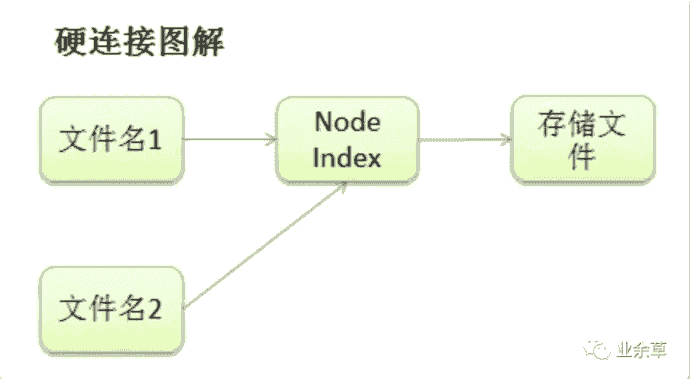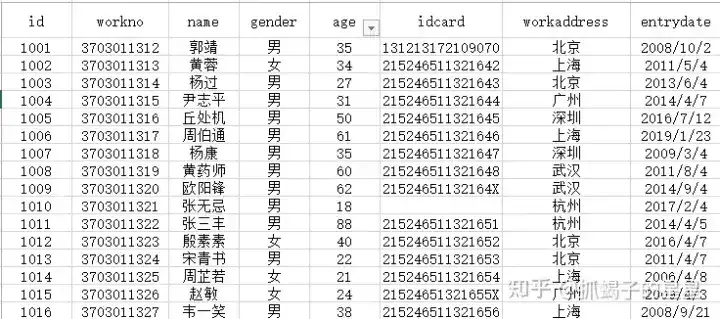Symfony 实体关联错误:Expected string 解决详解
2025-03-18 08:23:48
Symfony 中 “Expected value of type ... got "string" instead” 错误解决之道:实体关联问题
开发 Symfony 应用时,我们经常会遇到实体之间的关联。当关联设置不当,或者传递的数据类型与预期不符时,就会报错。 比如:
"Expected value of type "ProjectBundle\Base\Entity\Country" for association field "ProjectBundle\Base\Entity\User#$country", got "string" instead."
这个错误的意思是,User 实体类的 $country 属性期望得到一个 Country 实体对象,但实际上得到的是一个字符串。看到这个问题别慌,接下来带你一步步排查解决。
一、问题根源:数据类型不匹配
错误信息已经说得很清楚了:$country 字段要的是 Country 对象,你给的是个字符串 (很可能是 country_id)。这就像你给朋友一个苹果的包装盒,却告诉他是苹果。
根源在于,你在控制器 (Controller) 中,直接将 country_id (字符串) 传递给了 User 实体的 setCountry() 方法。
二、解决方法:获取 Country 对象
既然 $country 字段要的是 Country 对象,那我们就给它一个呗。下面提供几种常用的解决方案:
1. 通过 Doctrine 的 find() 方法获取 Country 对象
这是最直接、最常用的方法。 在 registerUser() 方法内,利用 Doctrine 的实体管理器 (EntityManager) 和 Country 实体的 find() 方法,根据 country_id 获取对应的 Country 对象。
原理: find() 方法是 Doctrine ORM 提供的一个基础方法,用于根据主键 (这里是 id) 从数据库中查询并返回对应的实体对象。
代码示例 (修改 User service):
//src/ProjectBundle/Base/Service/UserService.php
use ProjectBundle\Base\Entity\Country;
use ProjectBundle\Base\Entity\User;
use Doctrine\ORM\EntityManagerInterface;
// ... 其他代码 ...
class UserService
{
private $em;
public function __construct(EntityManagerInterface $em)
{
$this->em = $em;
}
public function registerUser($countryId)
{
$user = new User();
// 从数据库查找 Country 对象
$country = $this->em->find(Country::class, $countryId);
if (!$country) {
//可以添加找不到country情况的处理, 例如抛出异常
throw new \Exception('Country not found with id: ' . $countryId);
}
$user->setCountry($country);
$this->em->persist($user);
$this->em->flush();
return $user;
}
}
代码示例 (修改 User controller):
//src/ProjectBundle/Base/Controller/UserController.php
// ...其他代码 ...
public function registerUserAction()
{
$this->requirePostParams(['country_id']);
$countryId = $this->data['country_id'];
$user = $this->get('member')->registerUser($countryId);
return $this->success($user);
}
解释:
- Service中: 增加了
EntityManagerInterface的注入。通过$this->em->find(Country::class, $countryId)查找Country。 - Controller中: 把
country_id传入 Service. - 添加了一个简单的异常处理, 防止countryId 不存在的情况。
2. 使用 Doctrine 的 Repository
如果你经常需要根据 country_id 查找 Country 对象,可以考虑使用 Doctrine 的 Repository。
原理: Repository 提供了更高级的查询方法,可以将常用的查询逻辑封装起来,提高代码的可复用性。
步骤:
-
创建
CountryRepository(如果还没有的话):// src/ProjectBundle/Base/Repository/CountryRepository.php namespace ProjectBundle\Base\Repository; use Doctrine\Bundle\DoctrineBundle\Repository\ServiceEntityRepository; use Doctrine\Persistence\ManagerRegistry; use ProjectBundle\Base\Entity\Country; class CountryRepository extends ServiceEntityRepository { public function __construct(ManagerRegistry $registry) { parent::__construct($registry, Country::class); } } -
修改
Userservice,使用CountryRepository:
// src/ProjectBundle/Base/Service/UserService.php
use ProjectBundle\Base\Entity\User;
use ProjectBundle\Base\Repository\CountryRepository;
class UserService
{
private $countryRepository;
public function __construct(CountryRepository $countryRepository)
{
$this->countryRepository = $countryRepository;
}
public function registerUser($countryId)
{
$user = new User();
$country = $this->countryRepository->find($countryId); // 同样使用 find()
if (!$country) {
throw new \Exception('Country not found with id: ' . $countryId);
}
$user->setCountry($country);
$this->em->persist($user);
$this->em->flush();
return $user;
}
// 假设你想添加一个更复杂的查找方法
public function findCountryByName($name) {
return $this->countryRepository->findOneBy(['name' => $name]);
}
}
- Service 定义文件中声明依赖:
# config/services.yaml 或 src/ProjectBundle/Resources/config/services.yaml (根据实际路径调整)
services:
# ...其他 Service 定义...
ProjectBundle\Base\Service\UserService:
arguments:
- '@ProjectBundle\Base\Repository\CountryRepository'
ProjectBundle\Base\Repository\CountryRepository:
arguments:
- '@doctrine'
tags:
- { name: doctrine.repository_service }
Controller 部分代码不变。
解释:
- 通过构造函数注入
CountryRepository。 - 使用
$this->countryRepository->find($countryId)查找Country。 findOneBy是Repository的另一种常用方法, 可以根据其他字段查询。
3. 使用 ParamConverter (进阶)
如果你的路由中已经包含了 country_id,可以考虑使用 Symfony 的 ParamConverter。
原理: ParamConverter 可以自动将路由参数转换为实体对象,简化控制器中的代码。
步骤:
-
修改路由配置:
# config/routes.yaml (或 src/ProjectBundle/Resources/config/routing.yaml) register_user: path: /register/{country_id} controller: ProjectBundle\Base\Controller\UserController::registerUserAction methods: [POST] -
修改控制器代码:
//src/ProjectBundle/Base/Controller/UserController.php
use ProjectBundle\Base\Entity\Country;
use Sensio\Bundle\FrameworkExtraBundle\Configuration\ParamConverter;
// ...其他代码...
/**
* @ParamConverter("country", class="ProjectBundle\Base\Entity\Country")
*/
public function registerUserAction(Country $country) // 直接注入 Country 对象
{
$user = $this->get('member')->registerUserByCountry($country); //新的方法
return $this->success($user);
}
- 修改 Service:
//src/ProjectBundle/Base/Service/UserService.php
// ...其他代码...
public function registerUserByCountry(Country $country) //注意参数类型的变化
{
$user = new User();
$user->setCountry($country);
$this->em->persist($user);
$this->em->flush();
return $user;
}
解释:
@ParamConverter("country", class="ProjectBundle:Country")注解告诉 Symfony 将country_id路由参数转换为Country对象。- 控制器方法的参数直接声明为
Country $country,Symfony 会自动注入Country对象。 - 现在Service的
registerUserByCountry接收一个Country对象, 而不是country_id。 - 记得要安装
sensio/framework-extra-bundle. 如果还没有,用 Composer安装:composer require sensio/framework-extra-bundle
注意: 如果使用 ParamConverter,则不需要再在 registerUserAction 方法中调用 $this->requirePostParams(['country_id']);。直接用postman 发送post请求,并在url里提供 country_id, 形如/register/1.
三、安全建议
- 数据验证: 在将数据保存到数据库之前,一定要进行数据验证,确保
country_id的有效性,避免无效数据导致的问题。可以使用 Symfony 的 Validator 组件。 - 异常处理: 上面几个例子已经展示,对于
find()方法返回null的情况(即找不到对应的Country), 应该有适当的错误处理(例如抛出异常、返回错误信息等),避免程序崩溃。
四、 总结
"Expected value of type ... got "string" instead" 错误, 解决的关键是弄清 Doctrine ORM 中实体关联的本质。明确实体类中关联字段需要什么类型的数据(对象还是ID),然后提供正确类型的数据即可。 几种方法各有优劣,灵活选择,多加实践。





